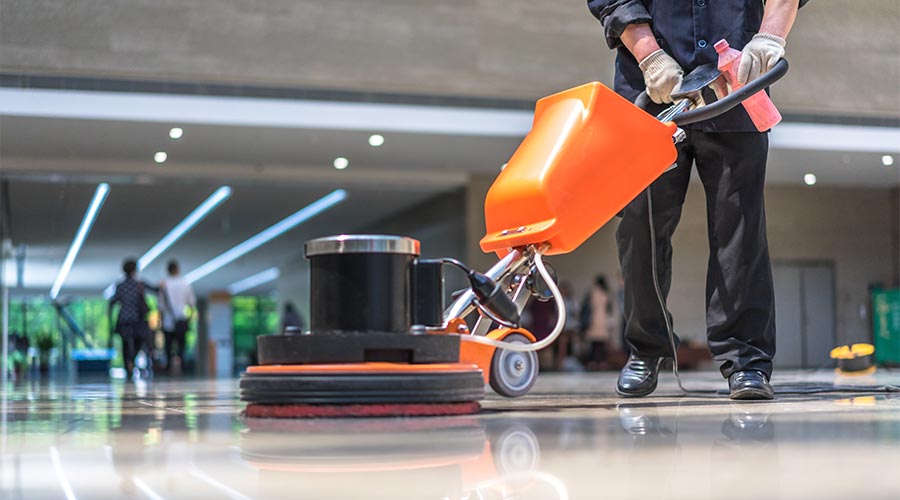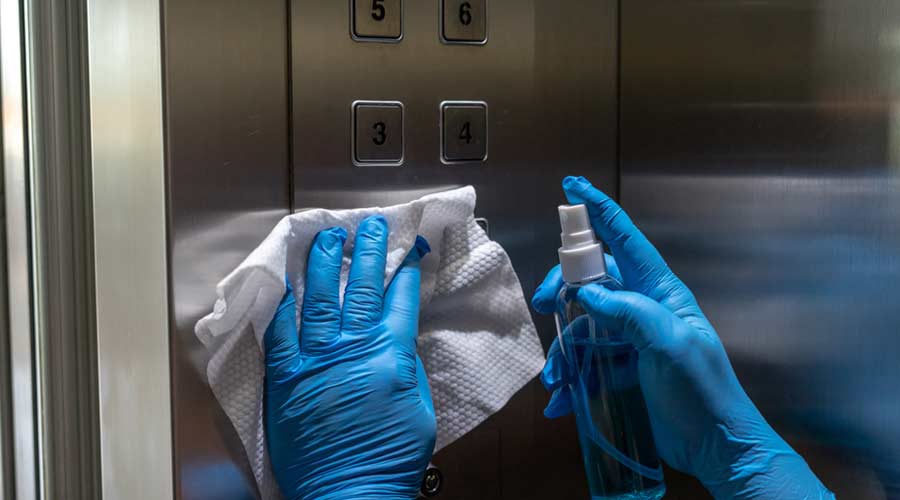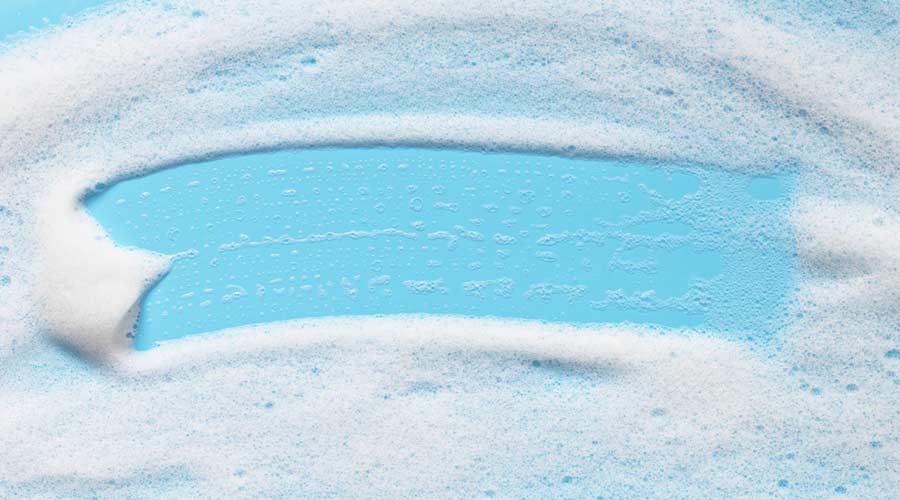
The United States’ current labor shortage is especially damning for facility cleaning managers considering that the industry is notorious for high turnover even in favorable labor markets. Today, a cleaning manager might have to pay workers more just to retain them; less than ideal at a time when other operating expenses are increasing and demands from the building occupant remain unrelenting. Add these together and facility managers will find a situation as hard to stomach as spoiled egg nogg.
But there’s no use crying over it because building occupants will not accept excuses. Cleaning managers must control what they can, and start from the ground up, literally. Focus on floors and how cleaning teams can improve the look and longevity of that space.
A great place to begin exploring flooring is with pads. These small-but-mighty cleaning staples present an important question for cleaning managers: “Do I splurge for the more expensive but dependable premium option, or do I try to save money on its more affordable, middle-of-the-road alternative?” Experts say floor pads are often worth the upgrade because the discrepancy between the two options can be significant and with long-term consequences. Premium pads tend to be made from better materials, like polyester fiber, which maintains shape and abrasiveness for longer periods of time.
The longevity of premium floor pads can also be credited to their build, as they are often thicker than the more economic counterpart. (Regardless of tier, experts agree that a quality pad should be at least an inch thick.) Considering these traits, it is no surprise premium pads can last longer than lower-tier pads.
Other positives experts attribute to premium pads are the ability to provide more consistent contact with the floor, which provides a better finish and requires fewer passes. This is something worth considering at a time when staffing issues make efficiency more valuable. Improved contact between the pad and surface also results in better removal of contaminants that cause slips and falls.
Of course, the one perceived drawback to better floor pads is cost. If a decision maker considers the long-term return on investment a high-end pad provides and still cannot tolerate the price difference, he or she will need to especially focus on one trait: longevity. Premium floor pads last five to 10 times longer, but middle-grade options are the next best choice.
“If you can’t afford a more high-end floor pad, at least focus your consideration on the more affordable pads with good life expectancy,” says Dale Franke, Vice President of Sales and Marketing at Acme Paper and Supply, Co., Savage, Maryland.
All manufacturers test their pads for life expectancy, so Franke advises getting that information before selecting a floor pad. This is important because a floor pad that is well past its prime will not perform up to standard.
When considering what floor pads are needed, one must also think about the cleaning jobs and what floors those involve. Generally, the darker the color of the pad, the more abrasive. For example, a soft white pad might work well on hardwood. A red pad is nice for daily scrubbing. Need to strip the floor? Then go with a black pad or upgrade to a value-added high-pro stripping pad, which Franke calls a “pad on steroids” because it is so aggressive and fast. When the opposition is tile and a hard-to-reach grout line, it is likely time to ditch the pad and grab a brush.
Choosing the Right Floor Equipment for the Job

 The Down and Dirty on Cleaning in Virus Season
The Down and Dirty on Cleaning in Virus Season How Surfactant Use is Expanding in Commercial Cleaning
How Surfactant Use is Expanding in Commercial Cleaning